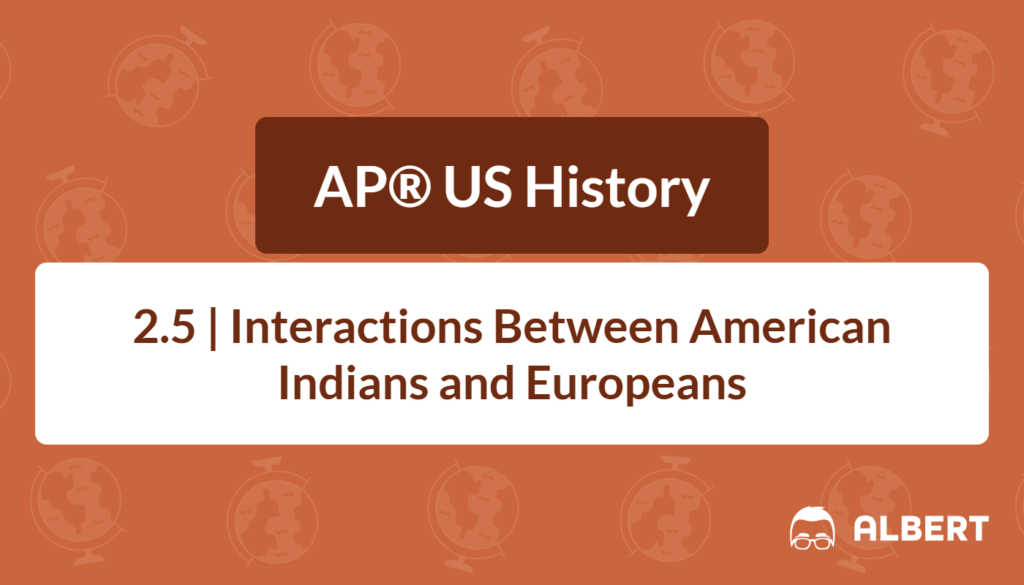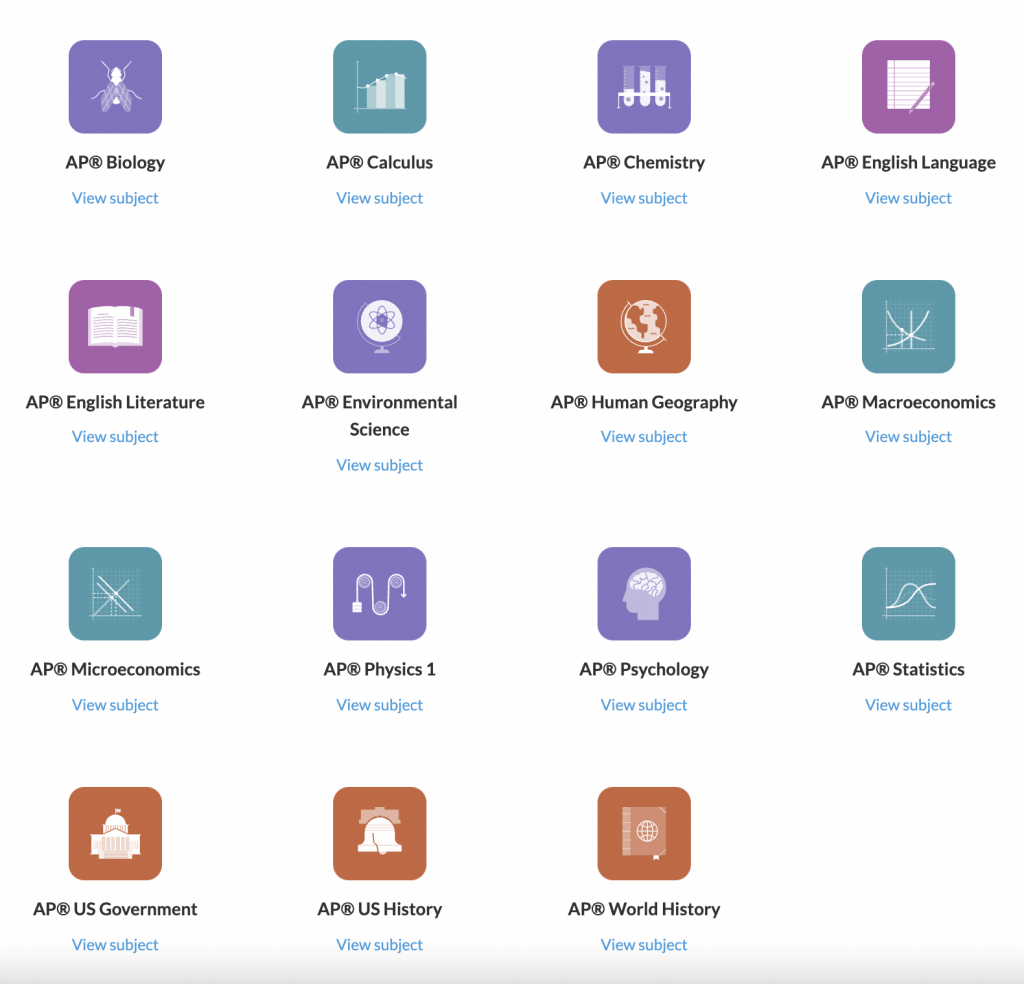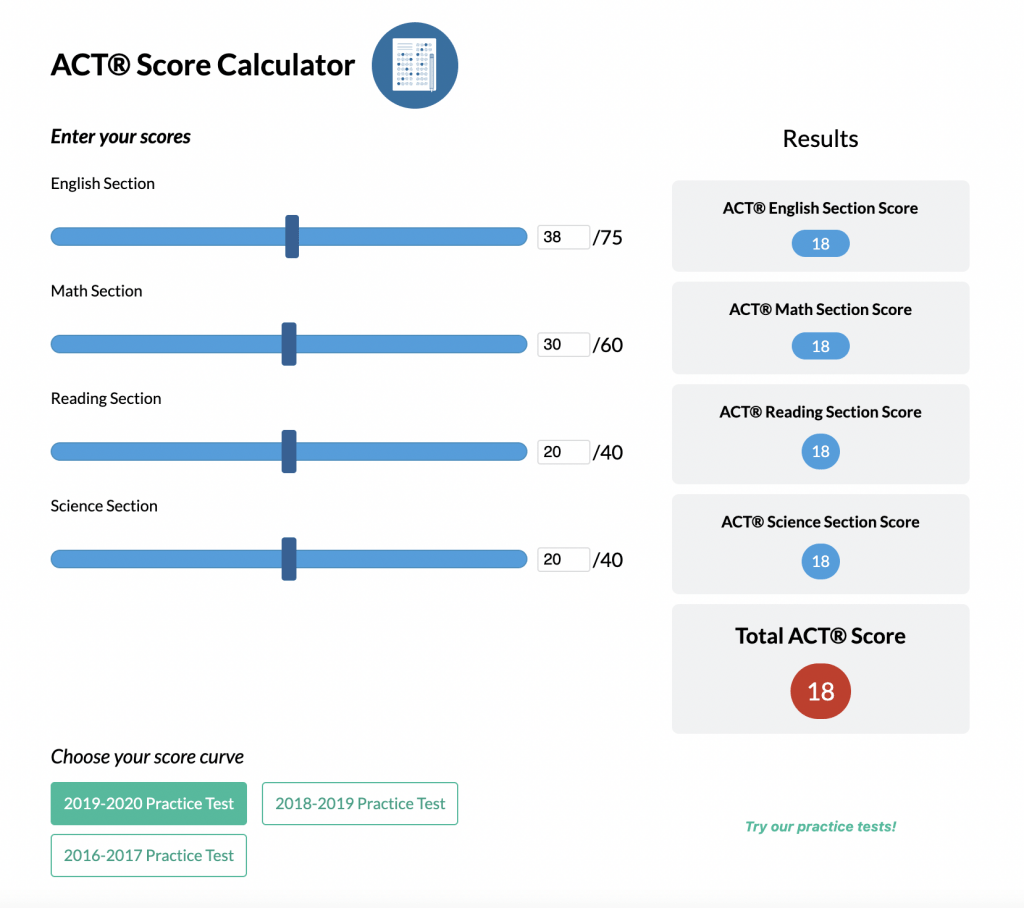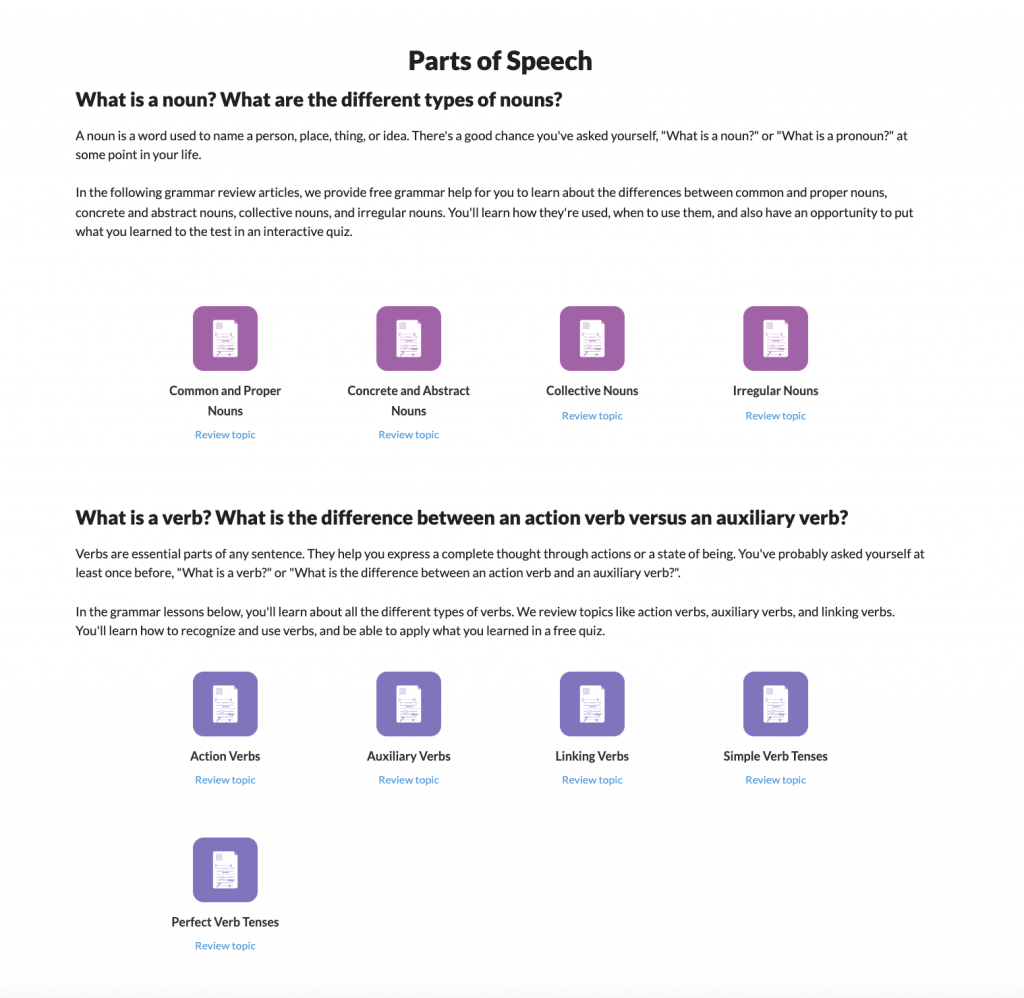What We Review
Interactions Between American Indians and Europeans: A Clear Guide for AP® US History
Understanding the relationships between American Indians (also referred to as Native Americans) and Europeans is a huge part of the AP® US History curriculum. These interactions began with first contact in the 1500s and continued to shape North America for centuries. They involved alliances, trade, conflict, and cultural exchange. Over time, these relationships changed, influencing the direction of American history. This guide will break down the key patterns, events, and vocabulary to make 2.5 — Interactions Between American Indians and Europeans both clear and manageable.
Early Encounters: Alliances and Cooperation
When Europeans arrived in North America, they met many different American Indian groups. These first encounters were not always violent. Often, both sides looked for ways to help each other.
Key Points:
- Europeans depended on American Indians for food, trade, and knowledge about the land.
- Many American Indian tribes wanted European goods, such as metal tools and weapons.
- Both groups made alliances for trade and to gain military advantages.
Example: French Alliances with the Huron
The French, especially fur traders, built close relationships with the Huron people in what is now Canada and the northern United States. The French needed help finding and preparing animal furs for the European market. The Huron wanted European goods and allies to help against longtime enemies, such as the Iroquois Confederacy.
How the French and Huron Became Allies
- French traders arrived and began trading with local tribes.
- The Huron shared their knowledge of trapping and surviving the region’s harsh winters.
- In return, the French traded guns, metal pots, and other items.
- The two groups built trust over time; the French even learned Native American languages and sometimes married into Huron families.
- The alliance became military; the French helped the Huron fight against their rivals, the Iroquois.
Takeaway:
Early alliances often centered on trade and mutual needs, not just conflict.
Growing Competition and Conflict
However, these partnerships did not always last. As more Europeans arrived, competition for land and resources intensified.
Key Points:
- European rivalries (British, French, Dutch, Spanish) influenced interactions with American Indians.
- Land and resource competition increased tensions between settlers and tribes.
- Many American Indian groups tried to use European rivalries to their advantage.
Example: Metacom’s War (King Philip’s War)
Metacom’s War, also known as King Philip’s War, was a major conflict between English settlers and American Indians in New England from 1675 to 1678.
The Course of Metacom’s War
- English settlers kept expanding into American Indian land, leading to growing tensions.
- Metacom (called King Philip by the English), leader of the Wampanoag, decided to resist.
- Several tribes united to attack English towns and settlements.
- The English colonists formed militia groups and fought back.
- The war was brutal. Many lives were lost on both sides, and whole villages were destroyed.
- Eventually, Metacom was killed, and the Wampanoag lost their land and power.
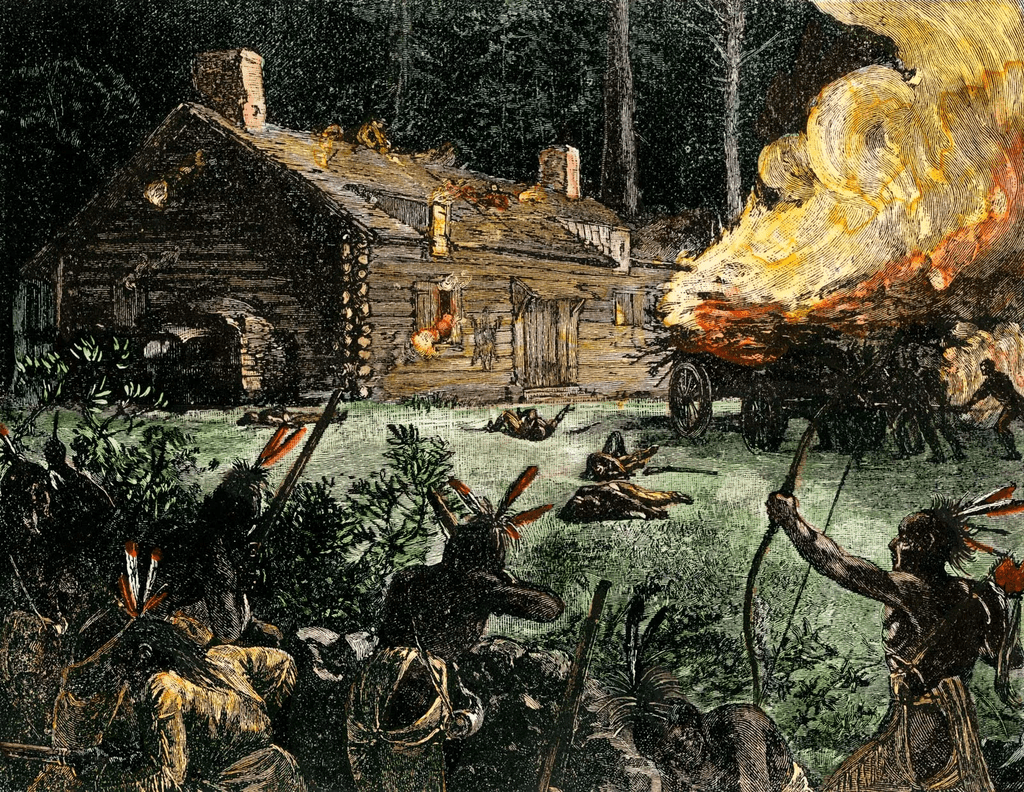
Check Your Understanding
Why did Metacom’s War break out? Name two causes and explain them.
- Cause 1: Land loss
English settlers continued expanding into Native territory, taking over hunting grounds and farmland. This disrupted Native communities’ way of life and created growing resentment. - Cause 2: Cultural suppression
Colonists tried to impose their laws and religious practices on Native peoples, banning traditional customs and forcing changes to governance and daily life.
These pressures built up over time, leading to deep mistrust and ultimately violent conflict between Native groups and New England colonists.
Spanish Colonization and American Indian Resistance
The Spanish controlled much of the Southwest by the 1600s. Their goal was to gain wealth and spread Christianity. However, they faced strong resistance from American Indians.
Key Points:
- Spanish mission system tried to convert American Indians to Christianity and control their labor.
- American Indians often resisted forced conversion and new laws.
- Sometimes, resistance led to changes in Spanish policy.
The Pueblo Revolt of 1680
In present-day New Mexico, the Pueblo Indians launched one of the most significant examples of successful Native resistance to European colonization. For years, Spanish settlers had forced Pueblo communities to work and had suppressed traditional religious practices.
- Popé, a Pueblo religious leader, organized a widespread uprising by uniting several villages.
- In 1680, Pueblo warriors attacked Spanish settlements, killing colonists and destroying churches.
- The Spanish were driven out of the region for over a decade, a rare and powerful example of Indigenous resistance altering colonial control.
When the Spanish eventually returned, they changed their policies. To avoid further rebellion, they allowed more room for religious and cultural autonomy, permitting Pueblo people to maintain aspects of their traditional practices alongside Catholicism.
Check Your Understanding
How did the Pueblo Revolt change Spanish policies in the Southwest?
This shift illustrates how American Indian resistance could force European powers to compromise and adjust their approach to colonization.
Spanish officials recognized that harsh treatment and forced conversions had fueled the uprising.
To maintain peace, they allowed greater religious freedom and accommodated Native traditions in daily life.
Patterns of Accommodation and Conflict Over Time
Interactions between Europeans and American Indians did not follow just one pattern. Sometimes groups formed alliances; other times, violence broke out.
Key Points:
- American Indians were active in shaping these interactions — choosing when to fight, trade, or ally.
- European rivalries meant American Indians sometimes played European powers off one another.
- Treaties, warfare, trade, and cultural exchange all played important roles.
Using European Rivalries to Gain Power: The Iroquois Confederacy
The Iroquois Confederacy demonstrated strategic skill in dealing with European powers. Rather than submitting to colonizers, they actively shaped their relationships to protect their interests and strengthen their influence.
Rival Native tribes and European colonizers alike sought Iroquois alliances, giving the confederacy political and military leverage.
The Iroquois traded with both the French and the British, often playing the two powers against each other.
They shifted alliances depending on who offered better trade goods, weapons, or military support.
This flexibility allowed the Iroquois to maintain a degree of independence and assert their power in the region.
Quick Reference Vocabulary Chart
| Term | Definition |
| Alliance | A partnership for mutual benefit, often military or economic |
| Metacom’s War | Conflict between Native Americans and English settlers in New England (1675–1678) |
| Pueblo Revolt | 1680 uprising by Pueblo Indians against Spanish control in the Southwest |
| Accommodation | When one group changes behavior or policies to coexist peacefully with another |
| Colonization | The process of settling and controlling foreign lands and peoples |
| Mission System | Spanish strategy to convert and organize American Indians around missions |
| Fur Trade | Exchange of animal furs between Indians and Europeans for manufactured goods |
| Cultural Exchange | The sharing or blending of customs, goods, and technology between groups |
Conclusion
Understanding the interactions between American Indians and Europeans is critical for AP® US History. These relationships were shaped by trade, alliances, conflict, and adaptation. Both sides influenced each other, leading to change, resistance, and sometimes compromise. By studying these changing interactions, students gain insight into how early American history set the stage for the future of North America.
Remember, American Indians were not passive — they actively shaped their futures through negotiation, resistance, and adaptation. These patterns continue to influence American society even today. As you move through the AP® US History curriculum, look for similar themes of adaptation, conflict, and change in later periods.
Sharpen Your Skills for AP® US History
Are you preparing for the AP® US History test? We’ve got you covered! Try our review articles designed to help you confidently tackle real-world AP® US History problems. You’ll find everything you need to succeed, from quick tips to detailed strategies. Start exploring now!
- AP® US History: 2.6 Review
- AP® US History: 2.7 Review
- AP® US History: 2.8 Review
Need help preparing for your AP® US History exam?
Albert has hundreds of AP® US History practice questions, free response, and full-length practice tests to try out.

